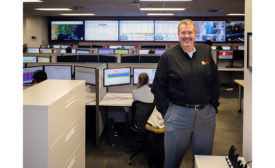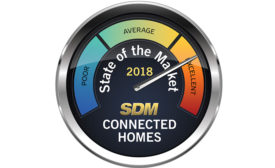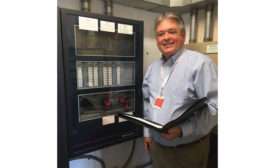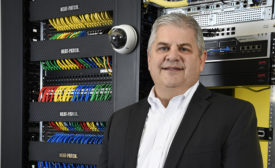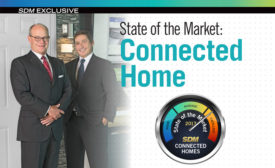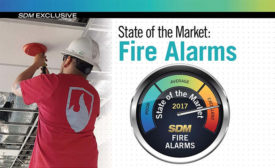State of the Market Series
SDM EXCLUSIVE
Technology advancements, updated codes and communication needs are driving the fire market forward, leading to a very bullish outlook for 2019 and beyond.
Read More
SDM EXCLUSIVE
State of the Market: Security & Monitoring 2019
Security dealers are increasingly taking advantage of the plethora of new technologies, business models and opportunities in the security alarm space, and seem to have found their footing in a rapidly changing landscape.
March 5, 2019
SDM EXCLUSIVE
State of the Market: Video Surveillance 2019
Adaptable and ever changing, the video surveillance market continues to evolve with new technology and further integration, making its outlook as strong as ever.
February 4, 2019
State of the Market: Connected Home
The connected home space in 2017 continued to be very strong for all players; for security dealers, finding their footing in this everchanging market remains a priority in 2018.
August 1, 2018
State of the Market: Access Control 2018
2017 was a very strong year for the access control industry, with many market forces working in its favor; 2018 and beyond looks even more promising
June 1, 2018
State of the Market: Fire Alarms 2018
With a strong economy, plus a healthy new construction and retrofit market, business remains steady in the fire space, with a few new opportunities, but also some notes of caution
May 9, 2018
State of the Market: Security & Monitoring 2018
Technology changes, major shifts in the market and evolving customer expectations bring a wealth of opportunity the commercial and residential security markets.
March 1, 2018
State of the Market: Video Surveillance 2018
The video surveillance market is still strong, and replete with opportunity
February 1, 2018
State of the Market: Connected Home 2017
With approximately 20 percent penetration into homes, professionally monitored security systems that are now interactive and connected have a lot of room to grow — but many others also seek this opportunity. Market players from all sides agree there is room for everyone in the rapidly expanding connected home space, but will that change?
August 1, 2017
State of the Market: Fire Alarms 2017
Fire detection insiders are literally “fired up” over last year’s market performance and the potential going forward. While still heavily code-driven, there are signs of technology innovations and changes pointing to more integration and opportunity than ever before.
May 2, 2017
Get our new eMagazine delivered to your inbox every month.
Stay in the know on the latest security marketplace trends.
SUBSCRIBE TODAY!Copyright ©2024. All Rights Reserved BNP Media.
Design, CMS, Hosting & Web Development :: ePublishing


